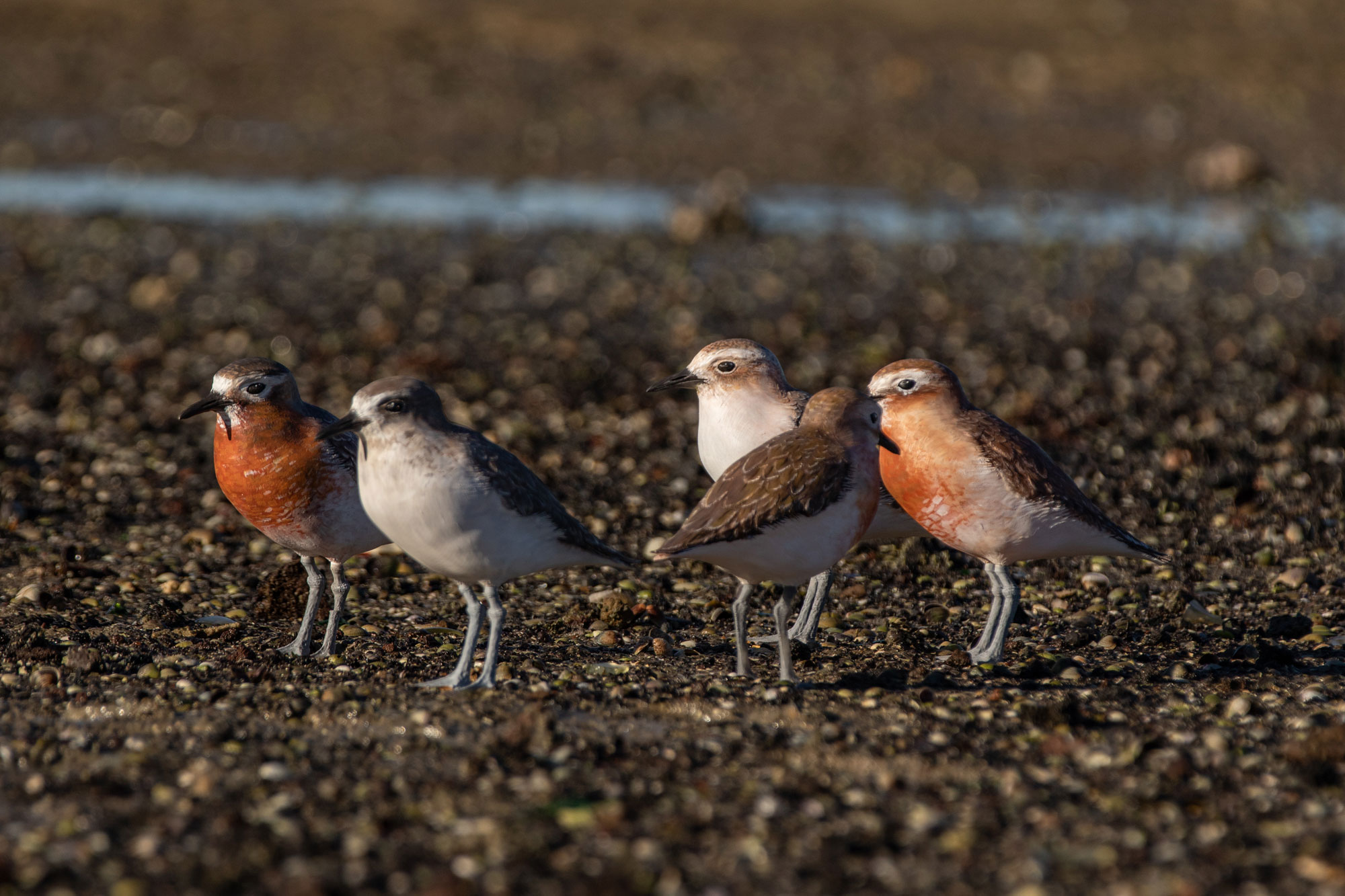After talking about my New Zealand fairy tern decoys I was approached by Australian conservationists about making decoys to attract Australian fairy tern. Although they are the same species they have brighter beaks and shorter eye patches so I modified the paint job a bit. The biggest difference between the sub-species seems to be that they flock together to nest. I imagine this will make the decoys more effective for this subspecies.
I lowered the design so it looks more like they are incubating, hopefully they will still turn into the wind ok. Photos below of the birds without spikes above and below.
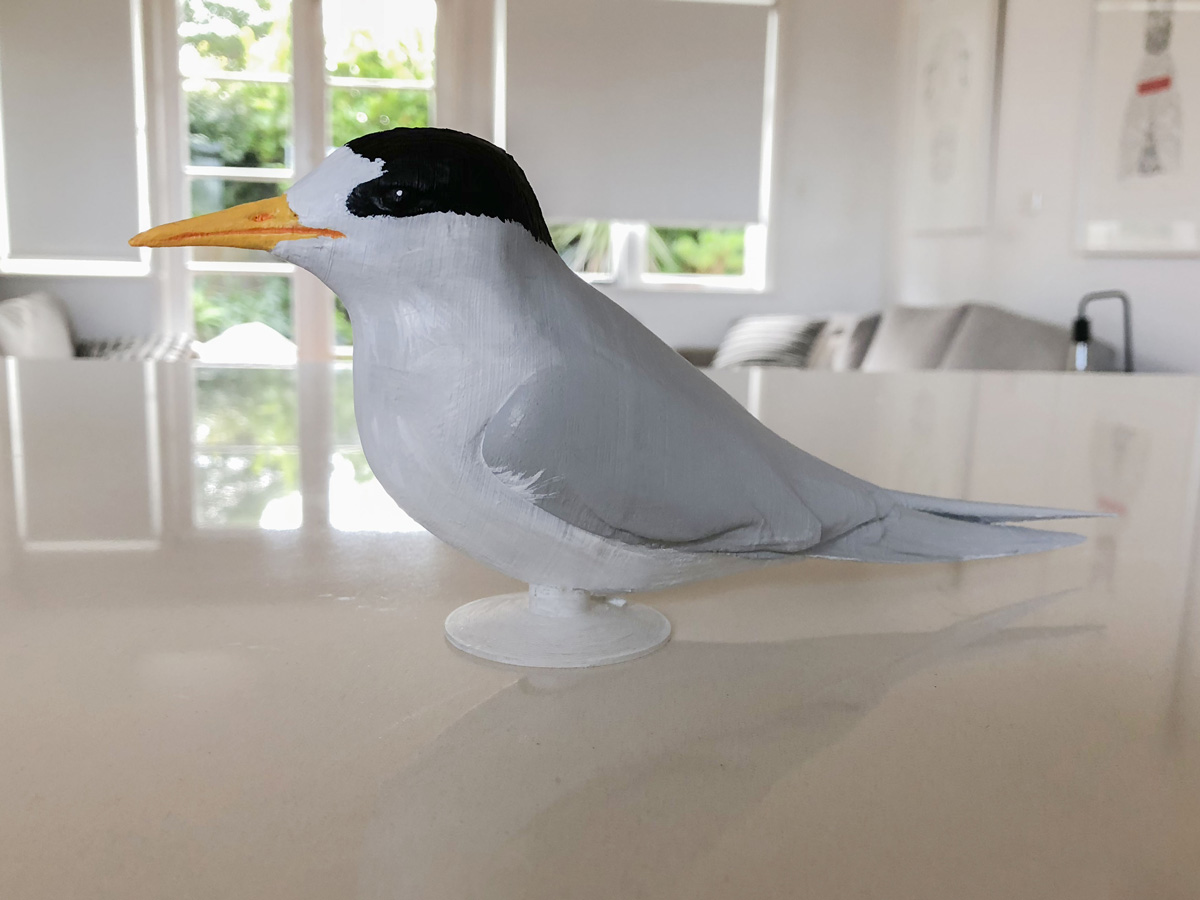
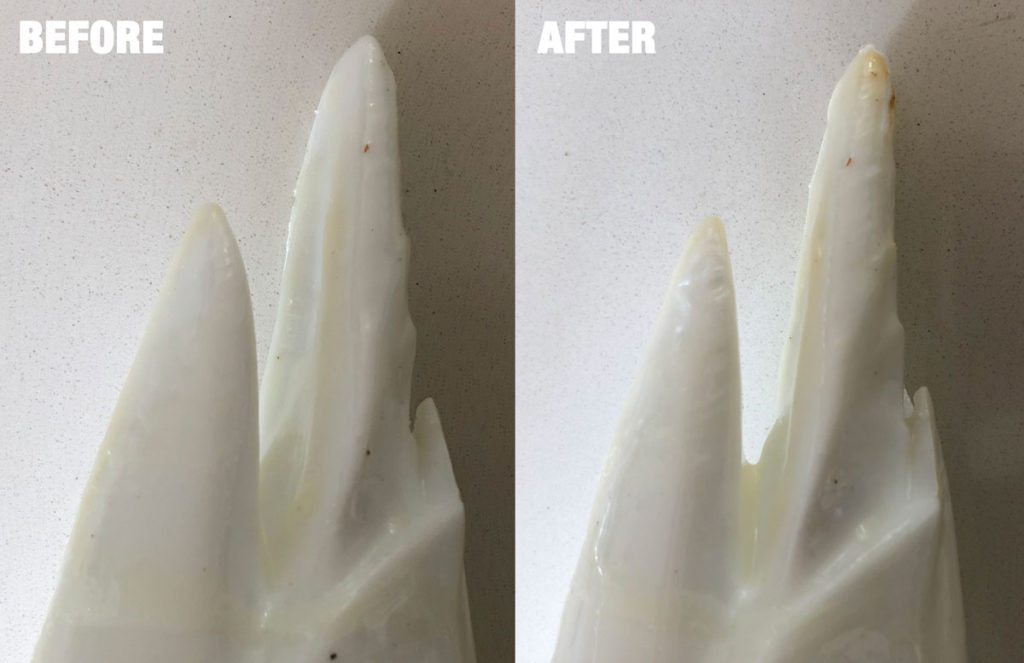
We’ve had some problems with these decoys, the black painted parts get so hot in Western Australia that the plastic melts leaving the decoys with flat hair cuts! The glass transition temperature for PLA is around 60° C. I tried covering some PLA with two part epoxy resin then warmed it up to try and simulate the issue. The epoxy worked well holding the form in shape even when I got it so hot the surface burned. However it did deform a little with bubbles and spilts, this might work as a patch up job but its not ideal, other ideas:
1. Changing the plumage to be less black (juvenile)
2. Printing with more infill (thicker heavier decoy)
3. Printing with another plastic
4. Creating moulds and using resins
I really like using PLA because it’s biodegradable and from a renewable resource but in this situation it just might not be up to the challenge. Common filament options are: ABS (won’t print with as good detail), PET (not glue-able) or Nylon (which has a lower glass temperature). I could print with plastic that has better thermal resistance like Polycarbonate, or print using dissolvable supports and no glue with something like PET but I would need a much more expensive printer. Unfortunately I think heat resistant decoys are going to be less environmentally friendly and either expensive or labour intensive 🙁
Update May 2019
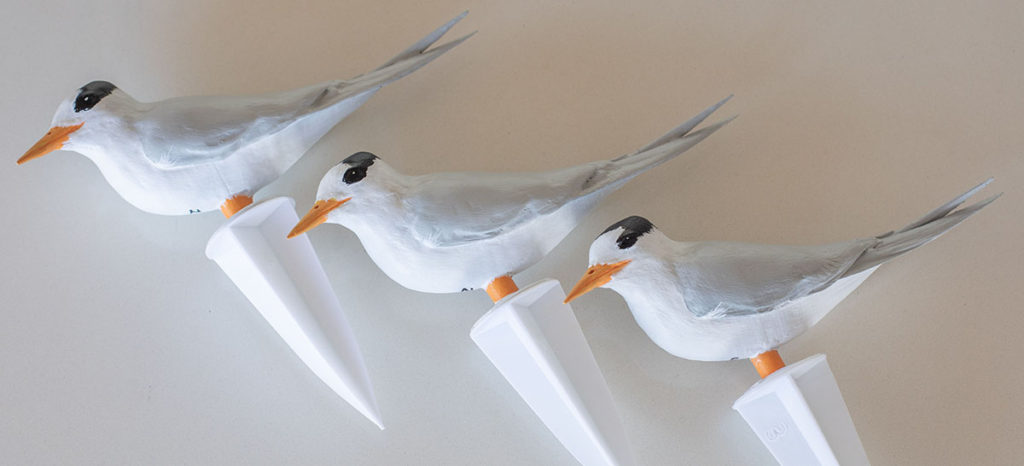
I have made three new decoys to test, all are glued using two part epoxy.
- 40% infill and two coats of epoxy resin
- 20% infill and two coats of epoxy resin
- 40% infill
The numbers 1,2 & 3 are carved into the newly designed peg which is shorter but more heavy duty. The increased infill makes all of them heavier, this should help keep them down when the sand moves, if that does not work the painted legs should look more natural. The overall design of this decoy is a little more robust, it has it’s head ‘terned’ a little to help distinguish it from the other decoys I have made.
Update Dec 2019
These decoys were deployed from 3 Nov-20 December on Garden Island. They did not attract the target flock which nested elsewhere. With three of the days being in excess of 37 degrees the decoys got tested pretty well and show no signs of melting or splitting. They have been deployed in the researchers garden for further testing 😀
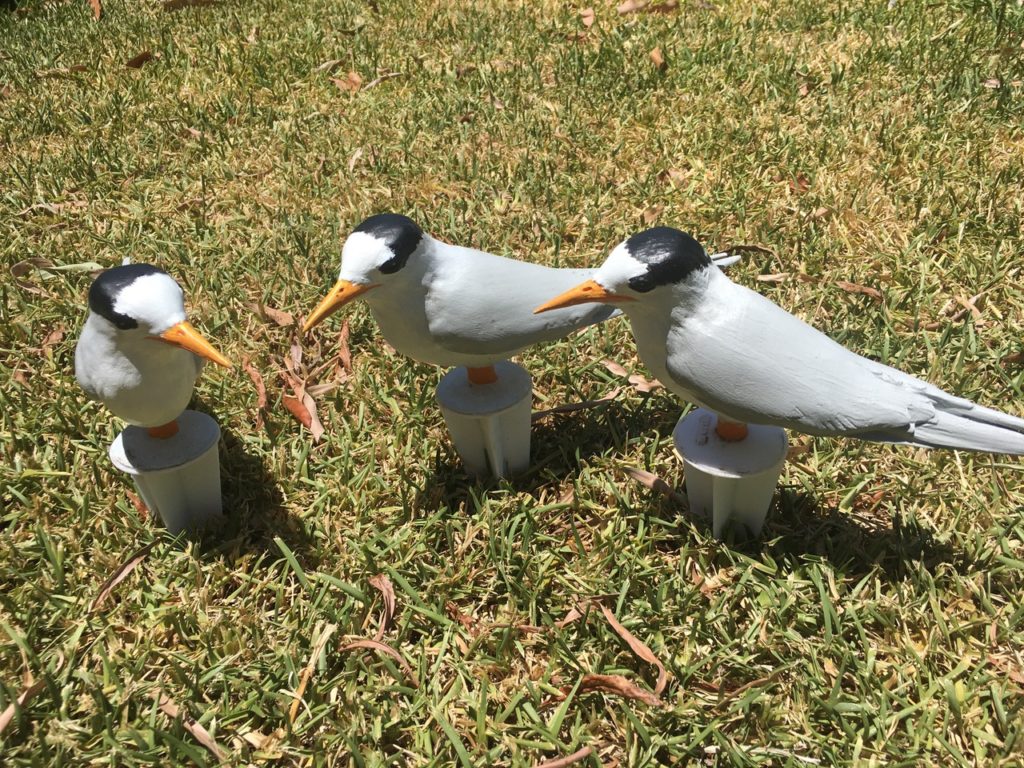
Update April 2020
Decoy 2 developed a minor crack in the join, it was the weakest decoy with half as much infill for internal strength. No changes to the other two.





